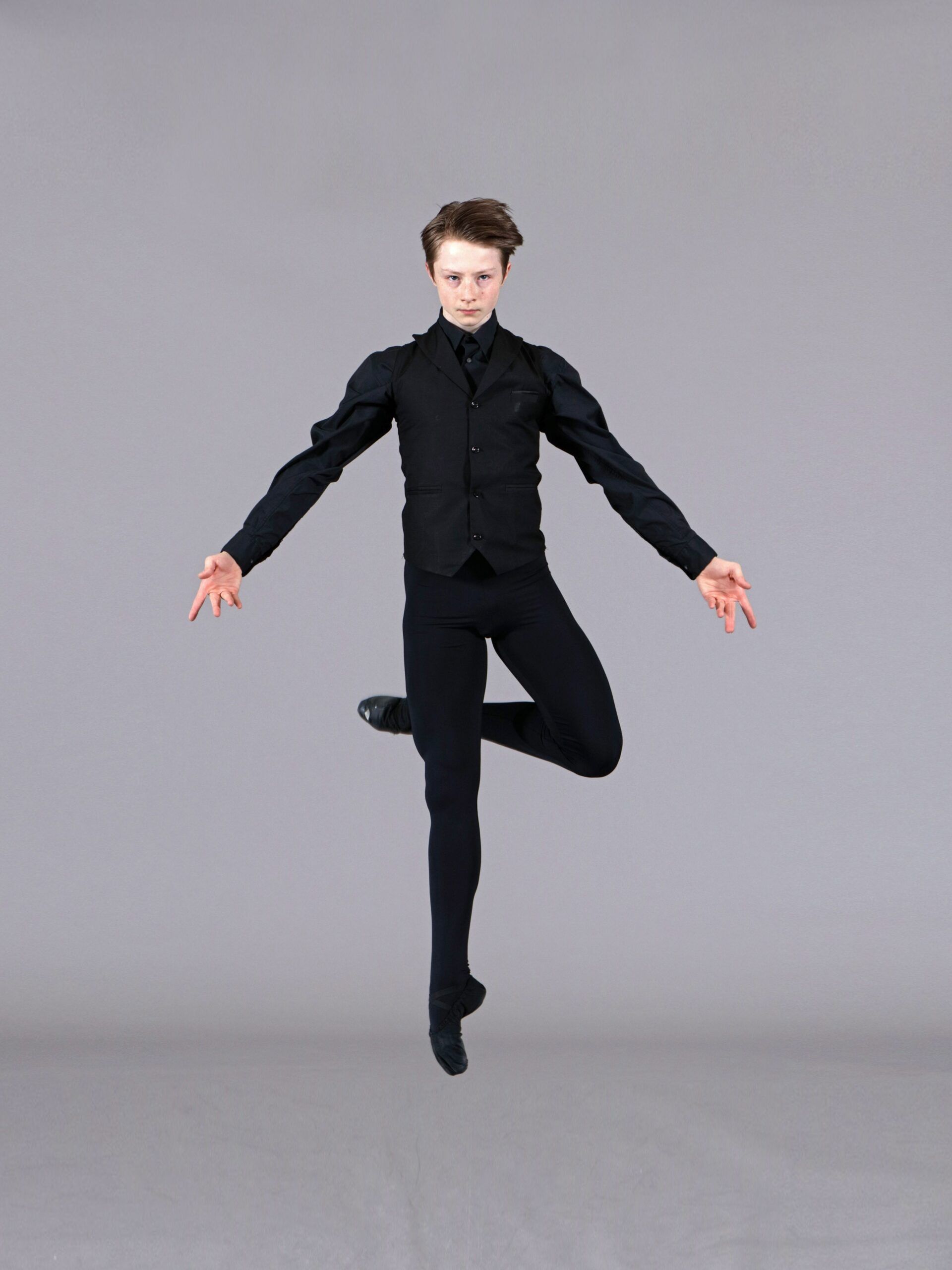
Aesthetics and its Role in the World of Ballet
By: Alex Boyd-Smith
An aesthetic by definition is something relating to the experiencing or studying of beauty, but in the world of ballet it takes on a new meaning, as ballet is itself a study of unique forms of beauty through movement and interaction with music. Within ballet an aesthetic can vary with the context it finds itself in, whether that aesthetic is the psychological exploration that choreographers like John Neumeier works with, the absolute embodiment of the music Balanchine stands by, or even the grand spectacle Marius Petipa made his works convey. In ballet and even all of dance the aesthetic is the firmware, the schematic. Once an idea evolves beyond the boundaries of metaphysics but before it becomes the choreography the idea is an aesthetic. An aesthetic is the translation key or the DNA that transforms an idea into any form of expression, and this is why it is not only important for the world of ballet, but essential to its existence as a whole.
An aesthetic for any form of ballet piece stretches beyond the confines of just the choreography; when a choreographer makes a piece they must also create a set, choose costumes, and pick music. These choices are done so that these aspects of the piece best convey the main idea. This is where the aesthetic comes into play; it is almost less the choice of the choreographer and more the aesthetic bringing the piece to life. In La Sylphide Bournonville when making the choreography for the Sylph, the embodiment of the idea that you cannot touch your dream, he didn’t make the Sylph heavy or obnoxious, he made her light, ghostly, gentle, as if she teetered on the edge of material existence. Bournonville in his quest to manifest a dream in this world worked through the aesthetic of an airy, ethereal existence, and in the end when James puts the scarf on her she hunches and collapses for gravity as she withers and death finally gets a hold of her.
Aesthetics is also very important for the perspective for the performer and the consumer. If the idea for the piece gets across to those who watch it and they truly understand the idea as if they were the choreographer themselves then not only has the choreography succeeded in its purpose but the aesthetic has succeeded and found its legs, the schematic for the idea in the choreographers head has succeeded in building the same idea in the head of the observer, and if the aesthetic is really good it may have sparked even more. In a way a dancer must be an observer, as they pick up the steps they try to get a feel for the idea that the choreographer is trying to get across and they learn to integrate and express the aesthetic themselves.
In a word as large and as interconnected as this one there is room for not one but a number of aesthetics, gone are the days where single idea gets a hold on the ballet world and one cannot escape its reach, if romanticism found its grip again half the male dancers wouldn’t quit because the emphasis only lies on the female, they would go somewhere where they can find someone who will their skills and passion to the maximum. In the world of ballet the dominant aesthetics are uncertain, but what is certain is that aesthetics and their role as one of the guiding foundations in art is important and here to stay.